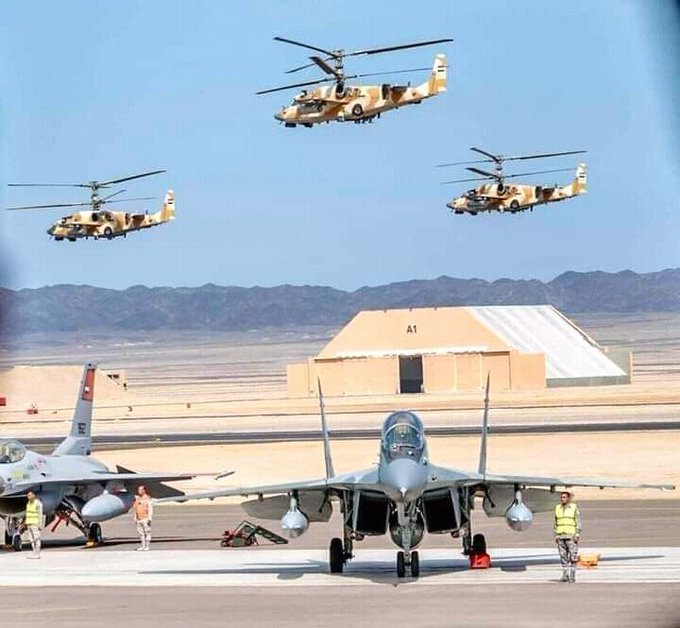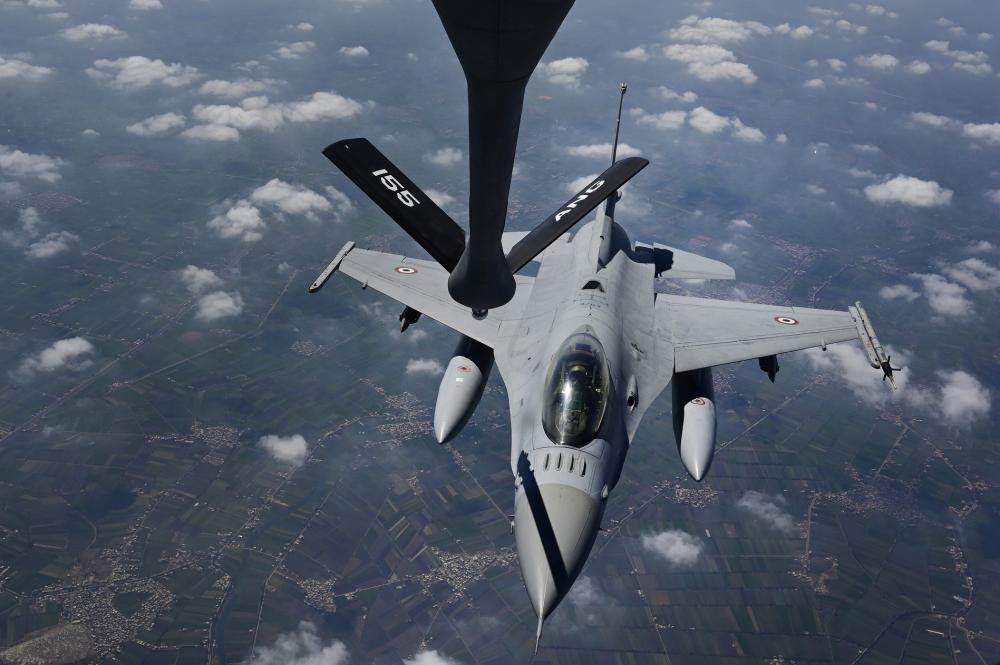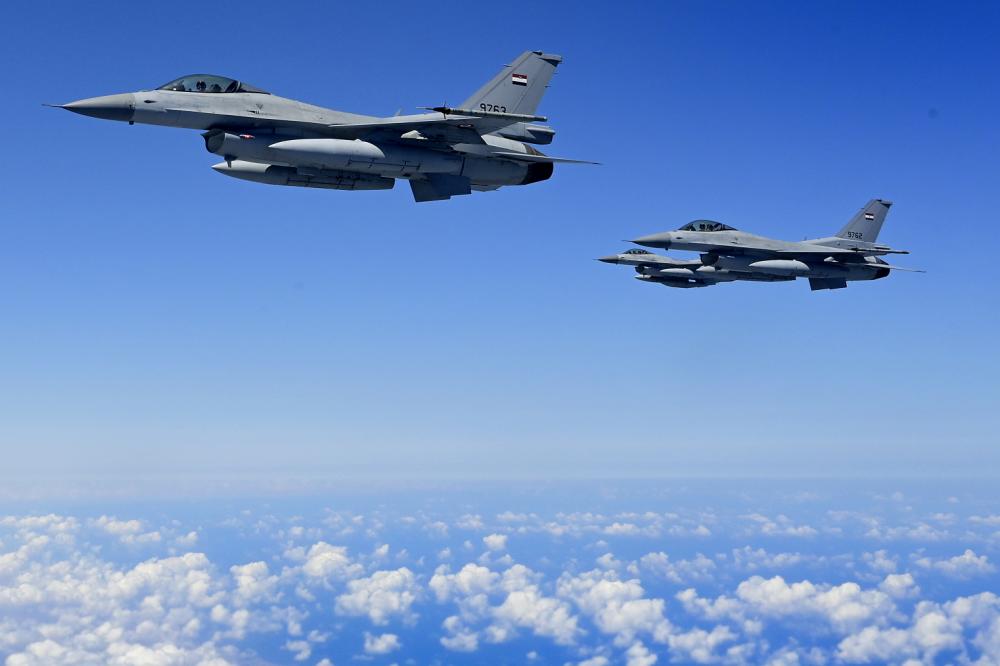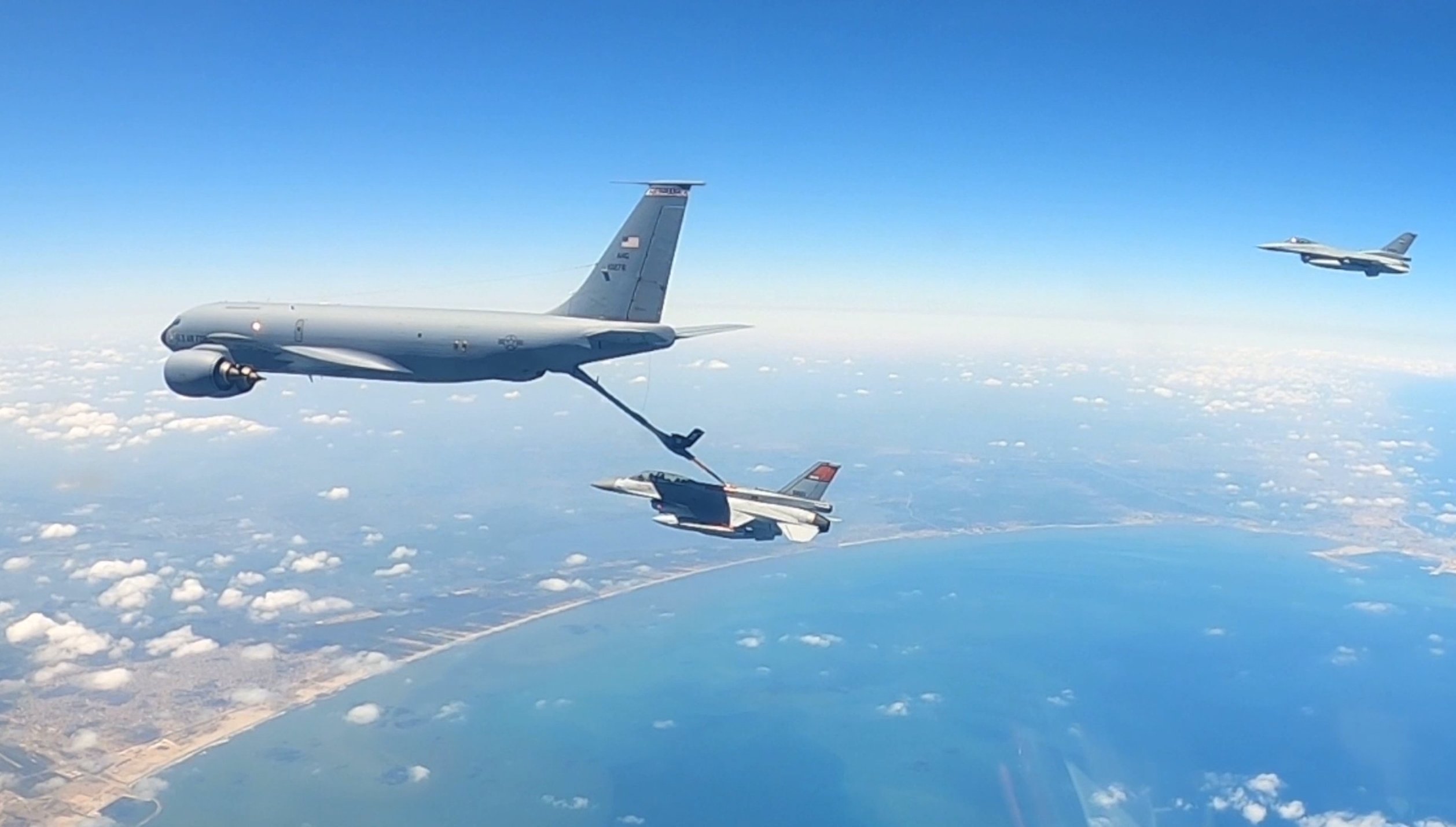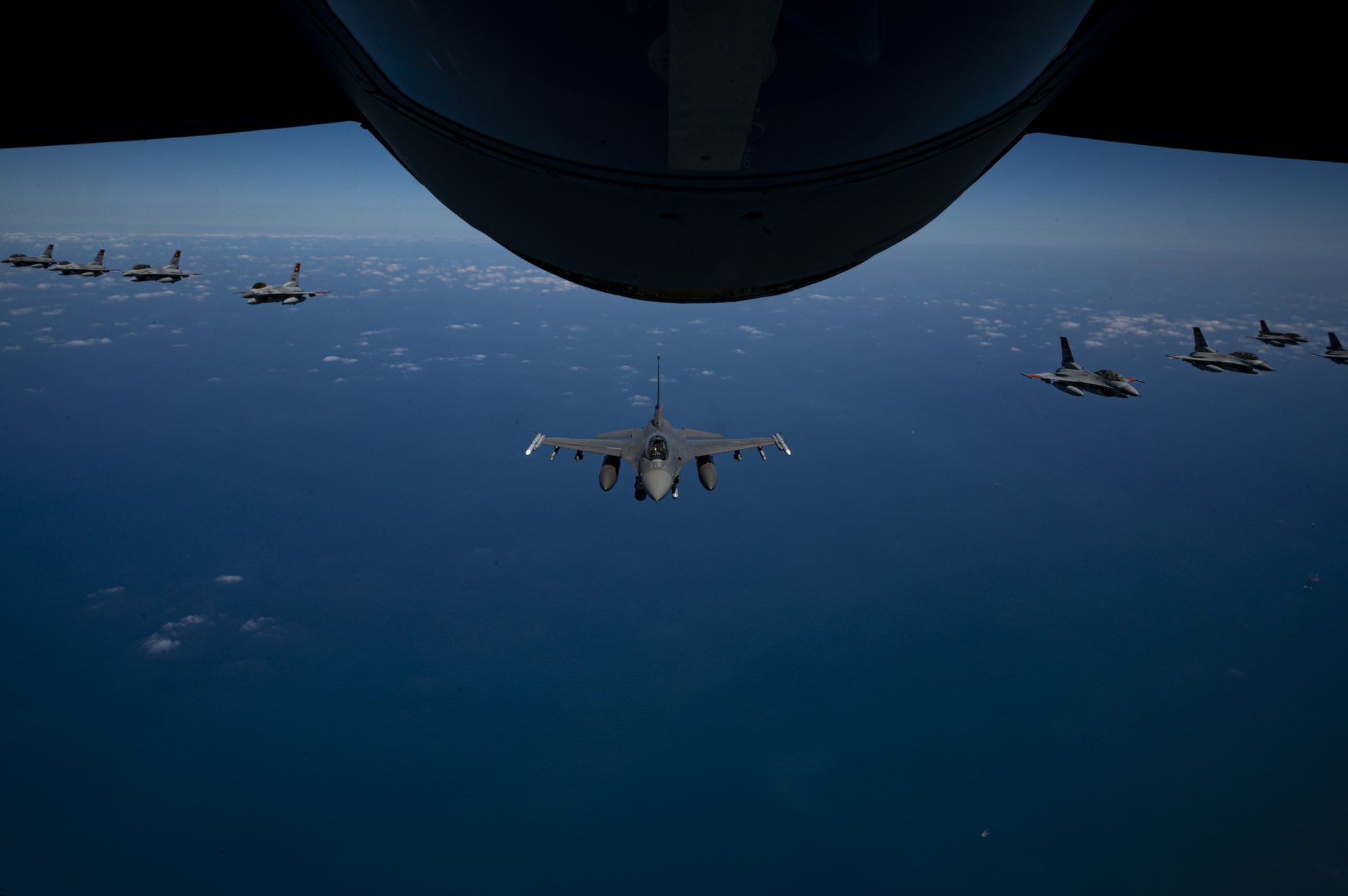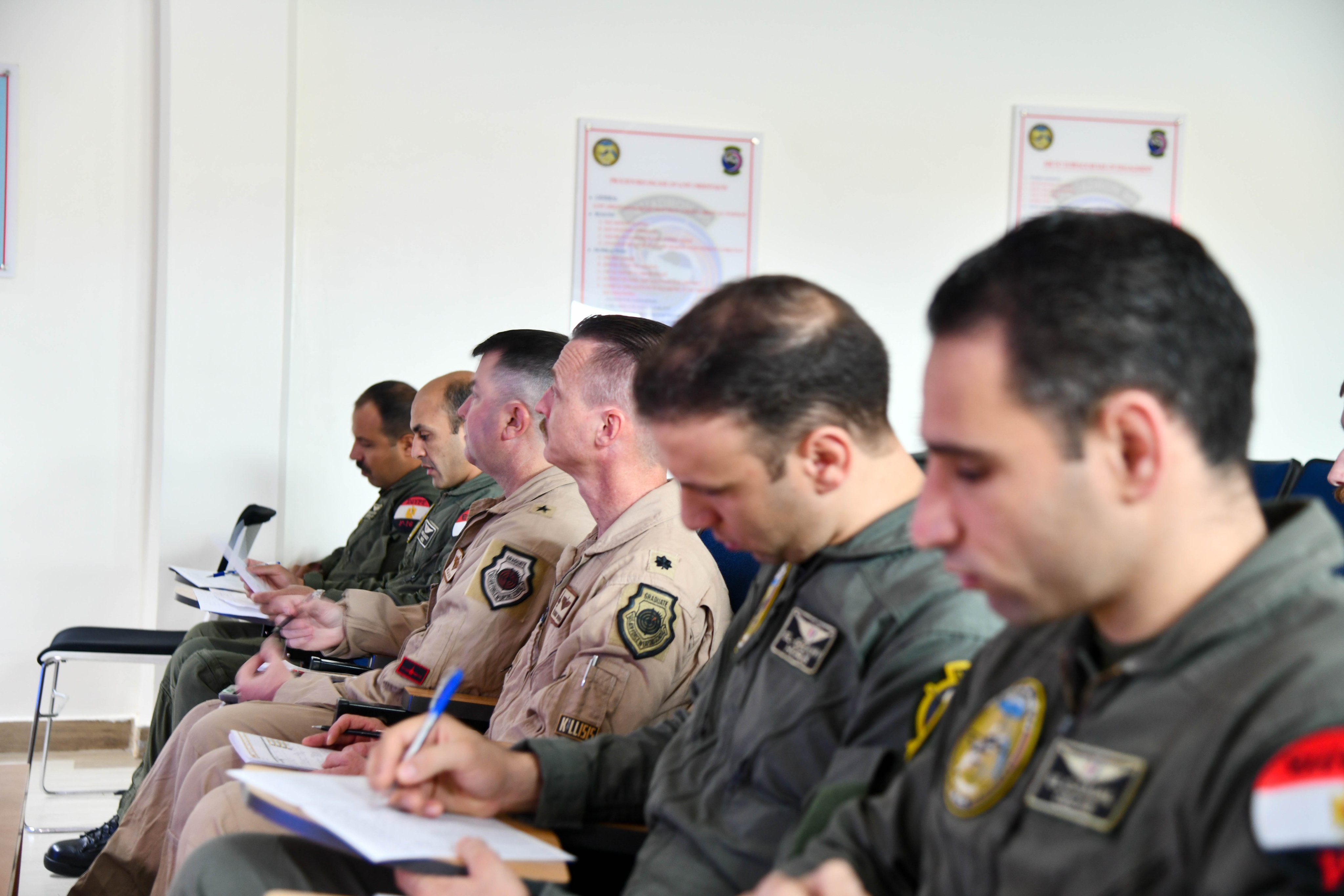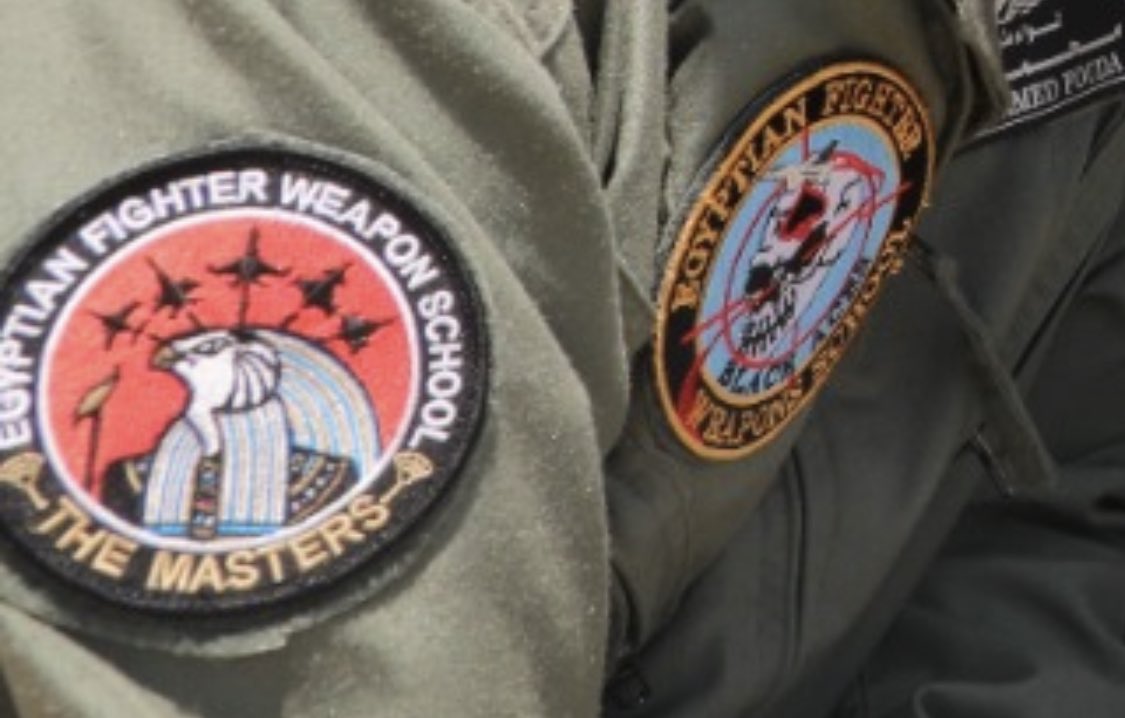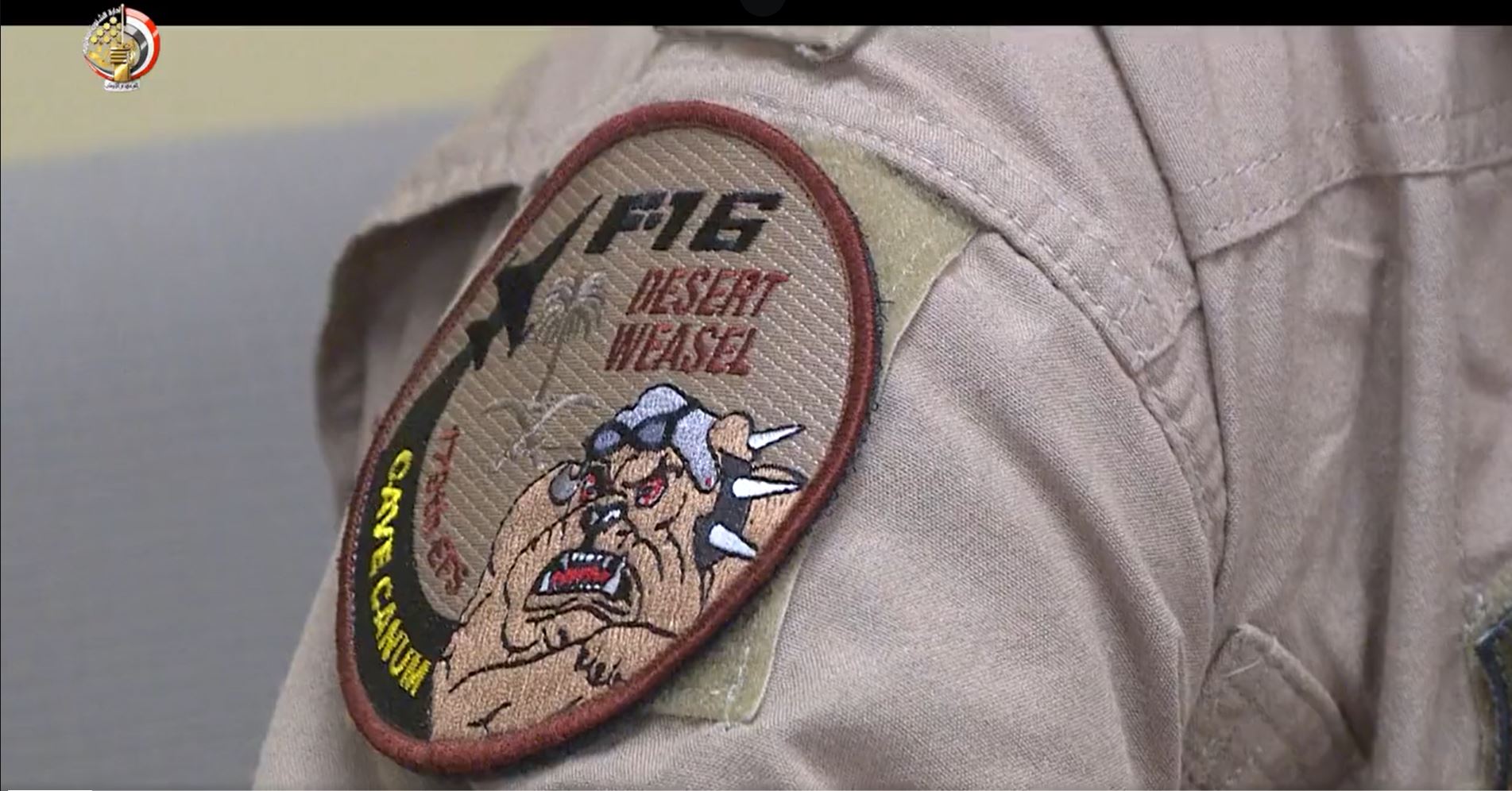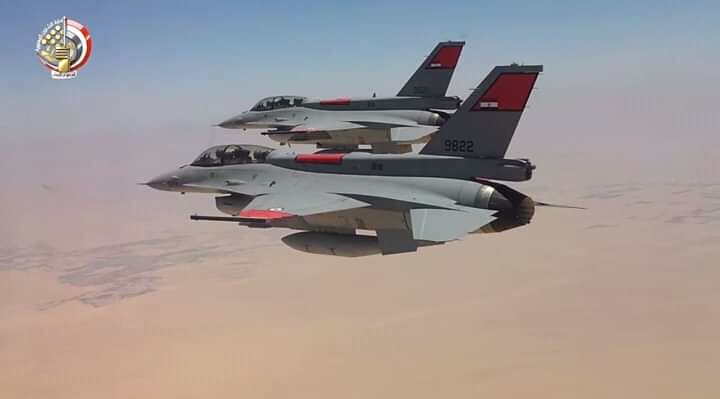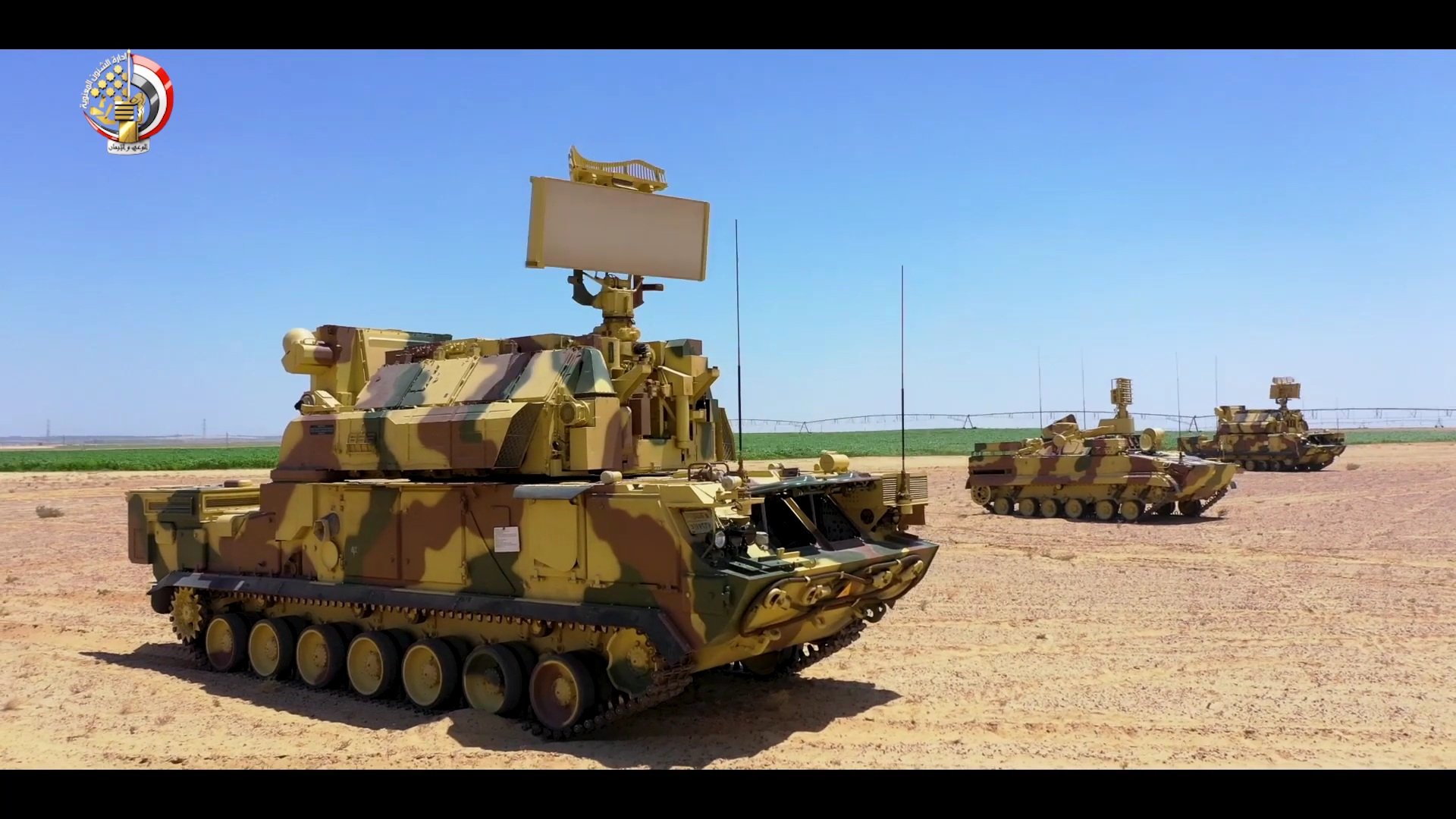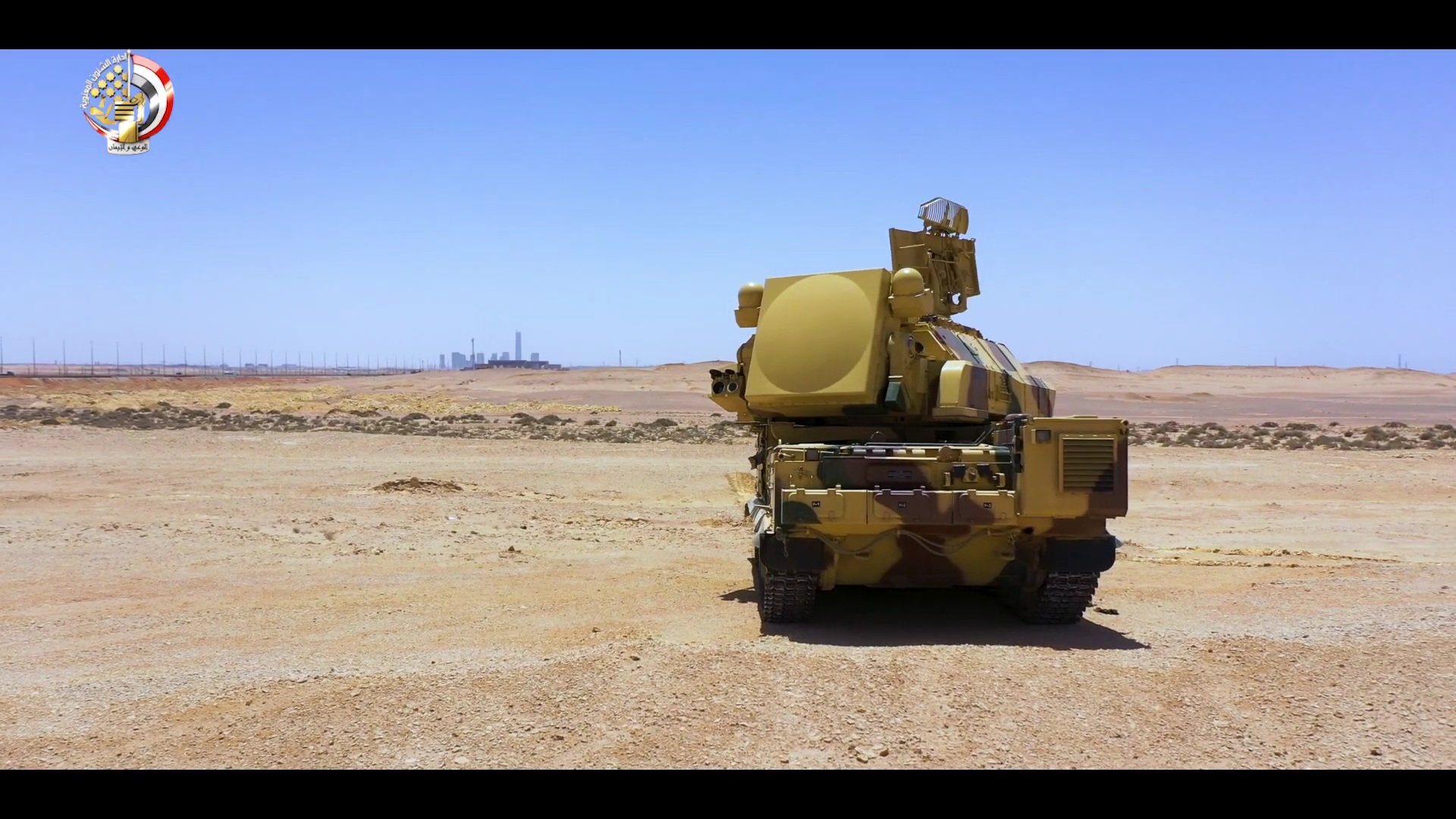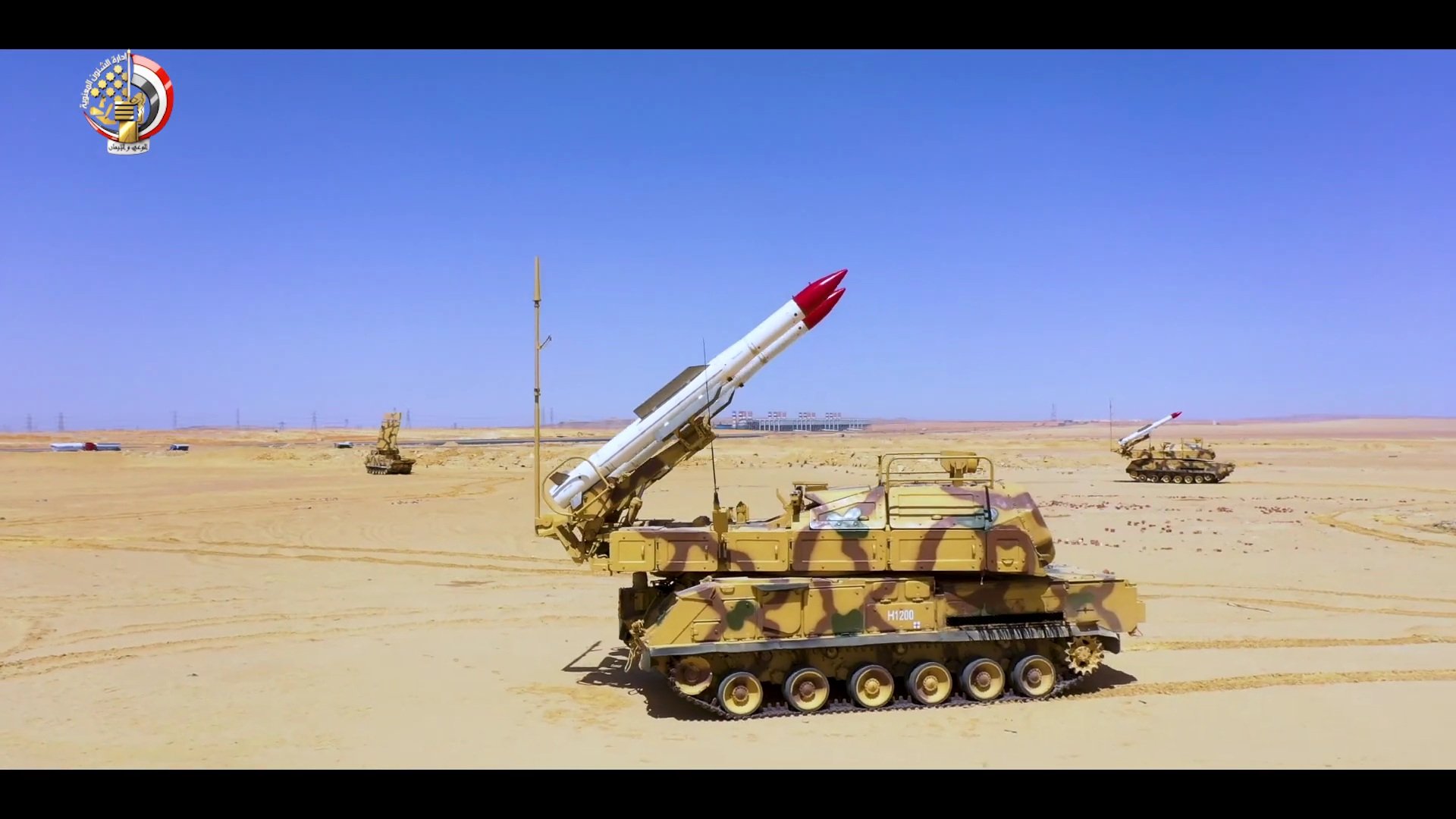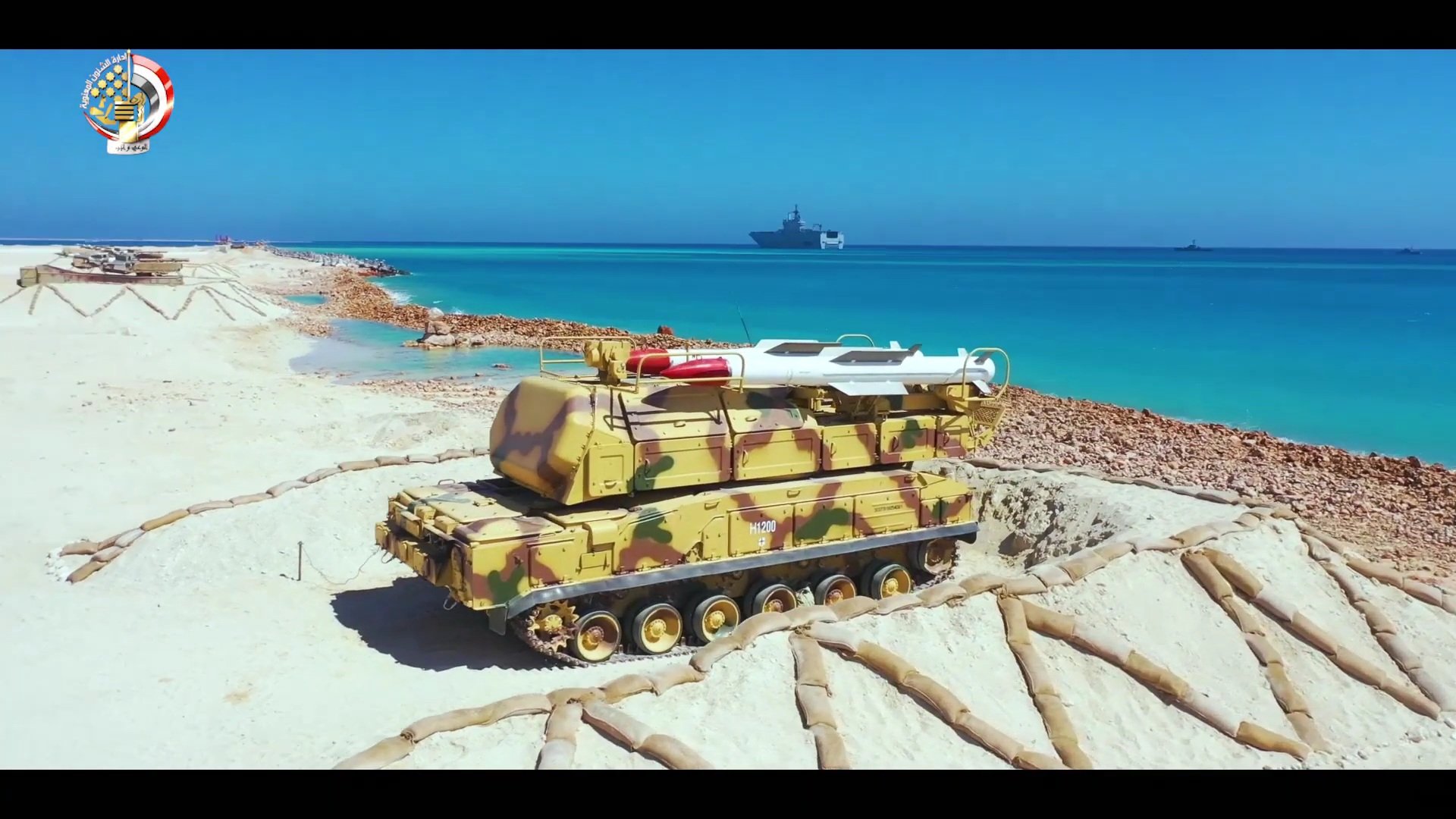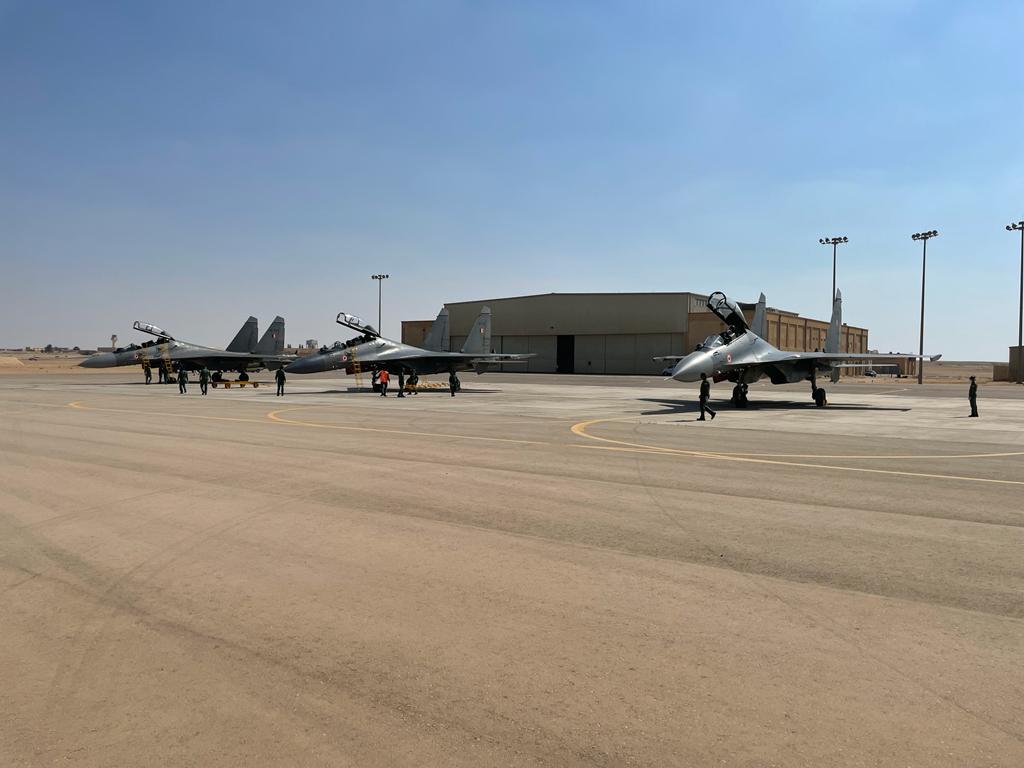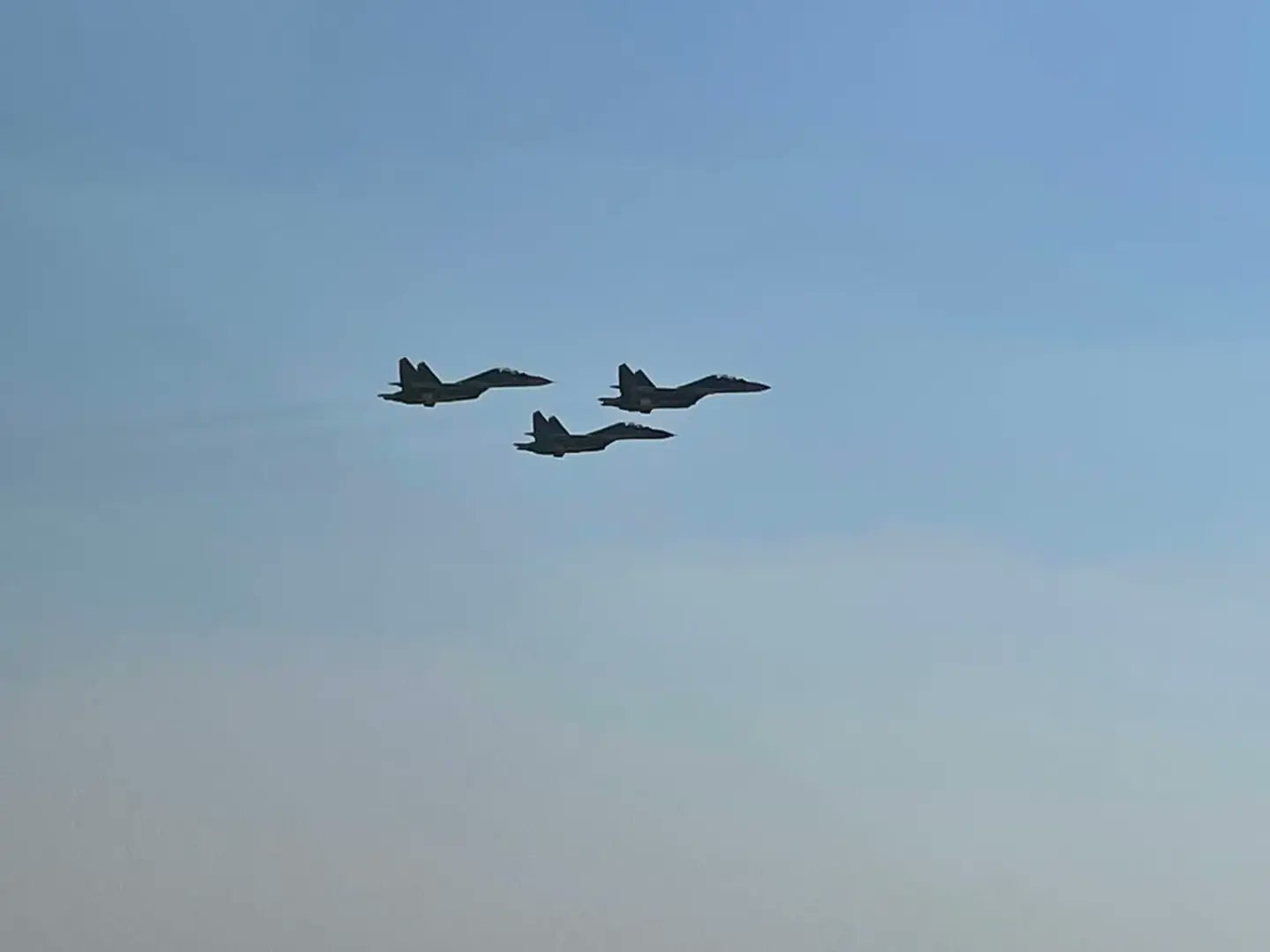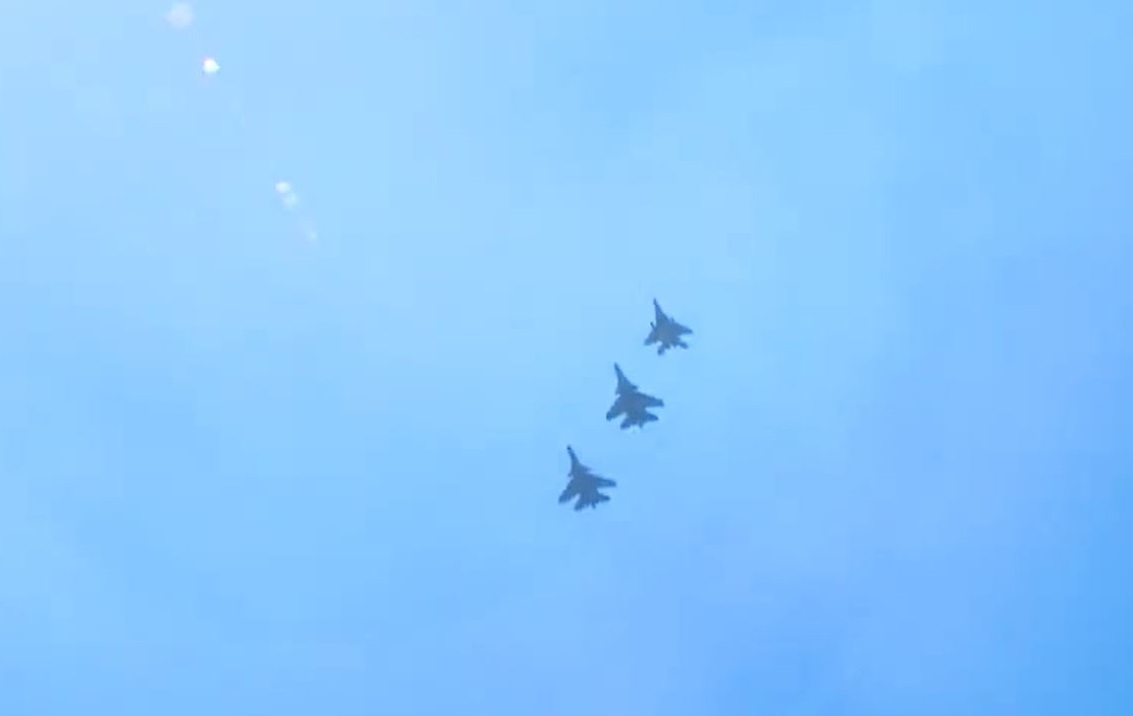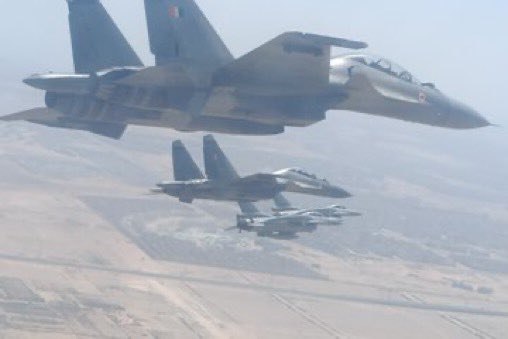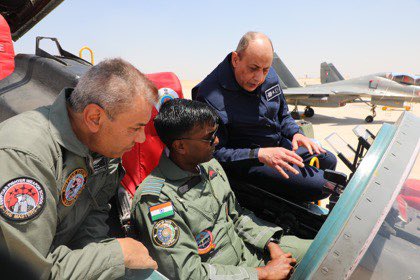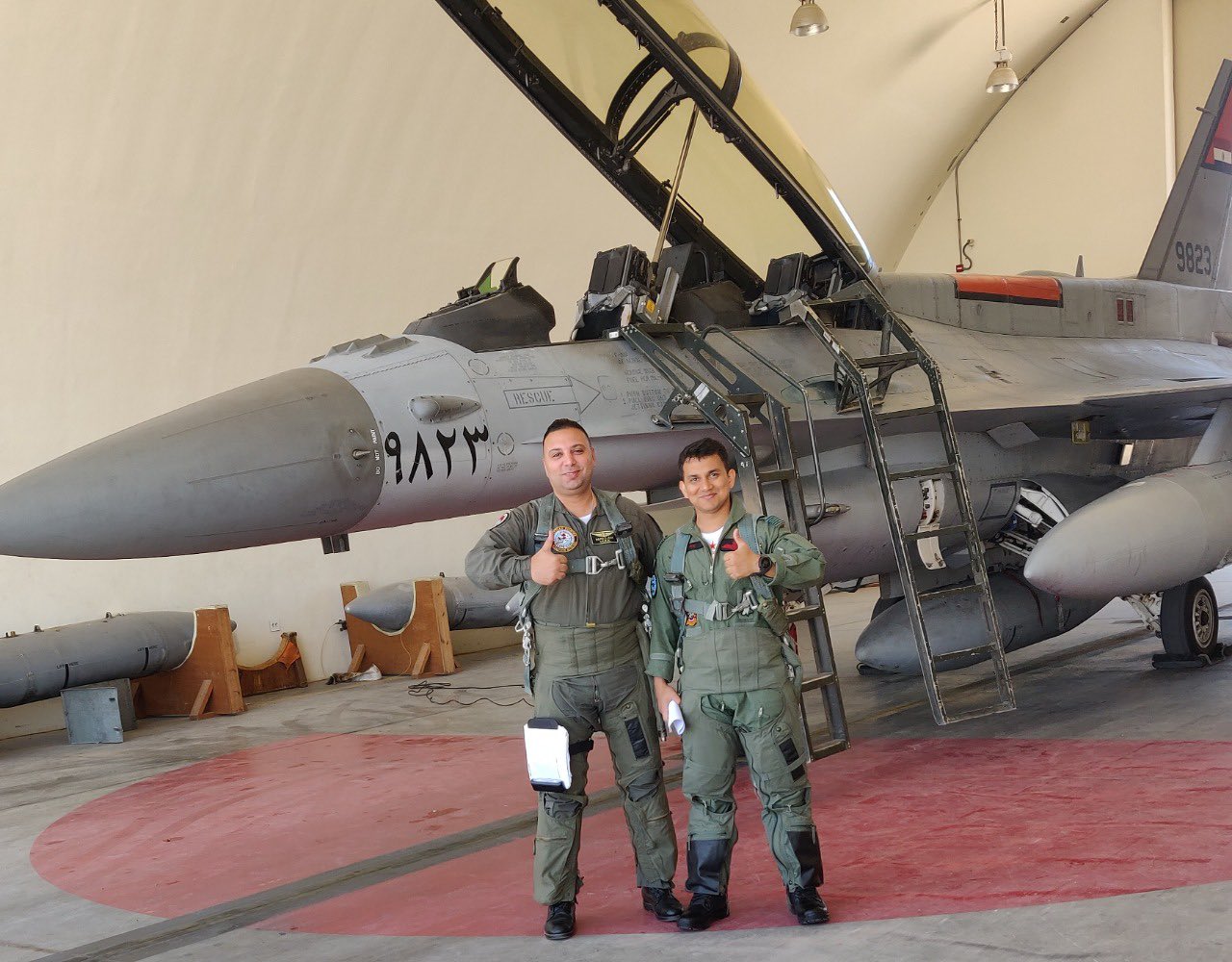TMA1 wrote:Anyways got a question about egyptian airforce. What is their legacy in fighters? Did they use more from the soviet bloc or from the western world?
That's a really interesting question, TMA1. At first I would've probably said the F-16 has been a true workhorse for the EAF since it's been around for 40 years, plus there were 220 of them that were ordered through that span and used from patrolling missions to securing borders to bombing cretin hideouts in Libya and Sinai. But then there was all the history of the venerable MiG-21 that was also in the EAF for almost 50 years as well as were superbly involved in the wars against the criminal invading forces.
A big reason for the MiG-21 to take that spot is that Air Force Day in Egypt is celebrated on October 14th every year to commemorate the air battle of Al Mansoura during the October War (aka Yom Kippur) where former president Hosni Mubarak was the air force chief at the time and plotted a defense of the Mansoura air base in the Nile Delta as they received intel that the Jews were going to attack that morning to disable the better of the EAF MiG-21 squadrons in the 104th Air Wing stationed there to create a distraction while they conducted their face-saving TV canal crossing to cut off both Egyptian armies (which failed spectacularly) that had taken control of the entire Bar Lev line on the east side of the canal and destroyed the ensuing Jewish counter attack with the first use of modern ATGMs in the great Soviet SAGGER and Egyptian soldier. The gap between the 2nd army in the northern sector and the 3rd army in the southern part which the Jews penetrated through was right at the northern edge of the Bitter Lakes. Ironically enough, it was discovered by a CIA/US Military SR-71 flight and relayed the info on the gap to the Jews. Otherwise they would've never known about it. More on the SR-71 at the end of this post.
Well, that attack on Al Mansoura air base didn't quite work out the way the Jews had hoped thanks to EAF MiG-21s as radars picked up a huge gaggle of Jewish jets approaching the northern coast of Egypt and Mubarak waited till the time was right and launched 62 EAF MiG-21s to meet and attack around 160 Jewish F-4 Phantoms and A-4 Skyhawks. The air battle lasted about an hour (the whole sky was filled with dogfighting aerials) resulting in 17 Jewish jets shot down by EAF MiG-21s to 3 EAF MiGs shot down and 3 crashing as a result of running out of fuel.
The MiG-21 stayed in the EAF service all the way until right around 2013-15 or so until the modernization process with Rafales and MiG-29M/Ms etc. began. So it could be said that the MiG-21 was the EAF's mainstay or legacy aircraft because of its longevity in the service of the Egyptian Air Force as well as that historic participation and success in the wars.
Another aspect for the MiG-21 claiming that spot is that the first ever recorded A2A kill by the MiG-21 was by an Egyptian one in 1964. The story is amazing and shame on that US cargo plane that didn't taking the interception orders very seriously and paid the ultimate price when one of the intercepting EAF MiG-21s raked a burst of cannon fire across its fuselage that sent it plummeting down into a fiery desert crash. Here's the story:
In 1964, the MiG-21 Scored Its First Kill — Against an American Oil Company
A private C-82 fell prey to circumstances ... and MiGs
The Soviet MiG-21 is one of the most widely-produced and -exported fighter jets of all time. In the United States, the MiG-21 is perhaps best known for hunting American warplanes over Vietnam. The single-engine fighter is equally famous for its participation in various wars in the Middle East over the last half-century.
You might therefore expect that the MiG-21’s first air-to-air kill occurred over Vietnam or the Middle East. In fact, the MiG’s first victim was a star-crossed oil-company plane blundering across Egypt.
Egypt was the second Arab nation the USSR allowed to import MiG-21s. Cairo and Moscow signed a deal for the fighters in June 1961, stipulating delivery of 48 aircraft together with associated support equipment.
The first batch of disassembled MiG-21F-13s arrived by ship in Alexandria in November 1961. Assembled and ground-tested by a group of Soviet specialists led by Col. V. E. Slugin, these aircraft entered service with two newly-created units — No. 40 and No. 47 Squadrons of Air Group 7 of what was then officially the “United Arab Republic Air Force,” or UARAF.
As deliveries of the remaining MiGs from this order continued through 1962 and 1963, they enabled the Egyptians to establish two additional units — No. 43 and No. 45 Squadrons.
 The pilot of an Egyptian MiG-21F-13 as seen in his “office.” David Nicolle Collection
The pilot of an Egyptian MiG-21F-13 as seen in his “office.” David Nicolle Collection
By early 1964, detachments from one of these four units were regularly deploying to Meliz Air Base in central Sinai — better known in the West as “Bir Gifgafa” or by its Israeli designation “Refidim.”
Originally built by the Royal Air Force during World War II, Meliz was a modern installation. Construction of a hardened runway began in 1956 but was interrupted by the Suez War. The work was completed following the Israelis’ withdrawal from Sinai in 1957.
In 1964, Meliz became the hub of UARAF operations over Sinai. The MiG-21 detachments got bigger and longer, partly in response to frequent Israeli reconnaissance flights through Egyptian air space. Another reason was the worsening tensions between Egypt and the United States over a number of issues, including the crisis in the Democratic Republic of Congo.
The UARAF’s MiG-21F-13s scrambled several times in reaction to various incursions. In at least one instance in July or August 1964, two MiG-21F-13s managed to fire at least one R-3S missile — the NATO code name is AA-2 Atoll — each at two Dassault Mirages withdrawing toward Israel. Both weapons missed due to the high speed at which the Israelis were escaping.
On Nov. 28, 1964, hostility between Cairo and Washington boiled over. Egyptian authorities granted permission for several hundred Congolese to demonstrate in front of the main U.S. compound in Cairo. Within minutes, the protest turned into a riot. The protesters torched the newly christened John F. Kennedy Library and the nearby Marine barracks before attempting to storm the U.S. embassy.
U.S. Marines eventually subdued the protests outside the embassy. Egyptian authorities did nothing. It was against this backdrop that on the morning of Dec. 10, 1964 another unknown aircraft violated Egyptian air space over the Sinai Peninsula — and UARAF MiG-21s from Melis scrambled to intercept
 The C-82 Packet never won any beauty contest, but was highly influential on the subsequent development of the highly-successful C-119 and the French-made Noratlas transport. U.S. Air Force photo
The C-82 Packet never won any beauty contest, but was highly influential on the subsequent development of the highly-successful C-119 and the French-made Noratlas transport. U.S. Air Force photo
The aircraft in question was a Fairchild C-82A Packet transport owned by John Mecom Oil Company of Houston, Texas. John Whitfield Mecom, Sr. was an American oilman specialized in the acquisition and refurbishment of abandoned oil wells. In 1957, his firm was the third-largest independent oil company in the world. Over the time, Mecom befriended U.S. president Lyndon Johnson and became one of his most important donors.
The C-82A was a rather ungainly and unpopular aircraft. Its principal importance was to serve as the basis for the much more successful Fairchild C-119 Flying Boxcar, which the U.S. Air Force deployed in large numbers. In 1949, the French extensively test-flew the C-82. However, Paris eventually opted to develop its own variant of the Packet. This became the Nord 2501 Noratlass.
Between 1960 and 1963, Israel bought a sizeable batch of Nord 2501s. Mecom’s C-82 had the misfortune of looking a lot like an Israeli plane.
On Dec. 10, 1964, C-82 serial number 45-57794 — registered as N128E and piloted by American Hoyt Williams of Texas and Swedish co-pilot Kjell Grupp — was flying from Amman, Jordan to Benghazi in Libya to pick up drilling detergent for Mecom’s operations in Saudi Arabia.
Problems marred the flight even before take-off. Williams failed to forward the flight plan to Cairo days in advance, as was standard at that time. Then his aircraft developed a technical problem and took off from Amman International more than one hour late.
Almost immediately afterward, the crew experienced several radio problems and failed to deliver position reports. Nevertheless, Williams continued his flight south, then turned west upon reaching Aqaba.
 The crash site of the ill-fated C-82. Nour Bardai Collection
The crash site of the ill-fated C-82. Nour Bardai CollectionAt 8:04 in the morning local time, as the C-82 entered Egyptian air space over the Sinai Desert south of Aqaba, two MiG-21F-13s scrambled from Meliz. From the Egyptian perspective, the situation was anything but clear. An unknown aircraft on an unannounced flight — and thus lacking over-flight clearance — was approaching from the general direction of Israel.
The MiGs intercepted the C-82 and, unable to establish radio communication, their pilots instructed the crew to land at Cairo International. Initially at least, Williams followed their instructions. After passing Ras Sudar on the Red Sea coast, he descended to an altitude of 10,500 feet and turned in the direction of Cairo International.
Williams attempted several times to contact flight control — without success. When the C-82 reached a point around 70 miles northwest of Cairo International, the two MiGs — by now critically short of fuel — departed.
At this point and for reasons that aren’t clear, Williams changed his mind. Instead of landing at Cairo International, he turned his aircraft toward Alexandria. Initially following a narrow commercial air corridor, at some point he made a slight turn toward the west, directly toward a prohibited military zone.
The UARAF scrambled another pair of MiG-21s — this time from Inchas Air Base. Their pilots quickly intercepted the lumbering transport and fired their 30-millimeter cannons across its nose in order to warn the crew. When there was no reaction, they aimed for the engines. At 10:17, multiple cannon rounds ripped apart one of the C-82’s engines and the wing.
The C-82 crashed in flames in the swamp near Lake Idku on the shore of the Mediterranean Sea some 20 miles east of Alexandria. It was found approximately 10 miles from the center of the commercial corridor, its wreckage scattered over 800 square yards. Both crew were dead.
A civilian transport owned by a U.S. company thus became the MiG-21’s first kill.Source.
People who don't know this fact probably automatically assume that the MiG-21's first kill was most likely in Vietnam because of the Vietnamese early successes against US Phantoms etc., or maybe an incident involving a Soviet MiG-21 since the aircraft was created by the Soviet Union. But nope, it was by an Egyptian Air Force pilot flying the Ferrari of MiG-21s in the F-13 way back in 1964.
As for the SR-71 story - prior to the ill-fated Jewish attempt on Al Mansoura, on October 13th, 1973, the US sent an SR-71 all the way from New York and it started photographing the battlefield in the Sinai as it flew across the Sinai up the Suez Canal and over Cairo onto the Mediterranean. This specific mission was the interesting one since it picked up that intel on the gap and the US gave that info to the Jews which then took advantage of it. But the more interesting part was that SR-71 flight (which was the 1st of 9 missions the US flew over both battlefields, the Syrian Golan and Egypt's Sinai) had the SR-71 picked up by Egyptian air defense radars and they notified the Chief of Staff the great General Saad El Shazly to ask permission to shoot it down with SA-2 missiles. And just like the great and super brilliant military man that he was (may he rest in peace) told the fellas at the radar stations and missile sites not to bother because by the time they targeted it and locked onto it, it would just kick in the afterburners and disappear faster than the missiles could catch up to it and he didn't want to waste any of those valuable missiles. Had the EADS possessed the S-300VM at the time, it might've been used and possibly brought the Blackbird down.
That SR-71 mission took 5 A2A refuelings to make it from NY to Sinai & Syria and back to North Carolina.

Source.








